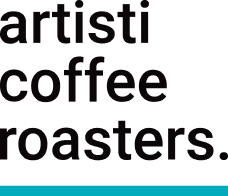This video is the first part of our Roasting at Home Series where we are going to show you how to roast coffee at home. We will be looking into what you can use to roast your beans with from simple devices like breadmakers and popcorn machines up to more expensive options. Also, we will be teaching you many of the other intricacies and science involved in roasting coffee.
In this particular video we are roasting coffee on a modified breadmaker and we are going to show you how we track our progress throughout the roast process. We will be tracking the time as well as our temperature to create a graph and something we call a 'roast profile'. We use our roast profiles to either replicate roasts we are happy with or to make adjustments to improve on previous efforts.
We hope you enjoy the first video in this series and it helps you with your own roasting at home.
Video Transcript

















